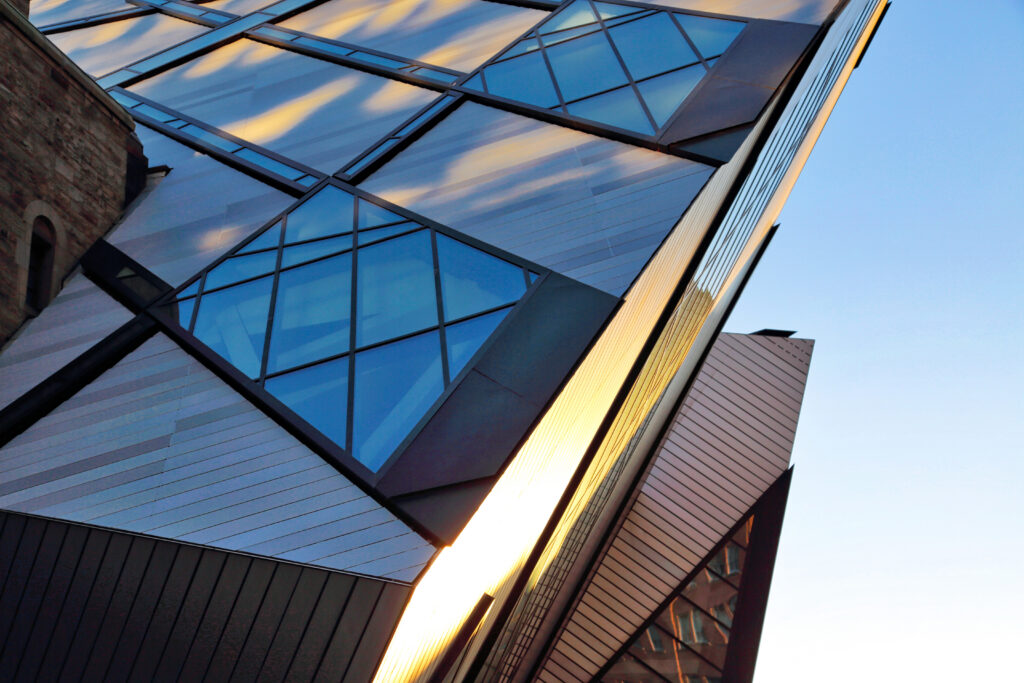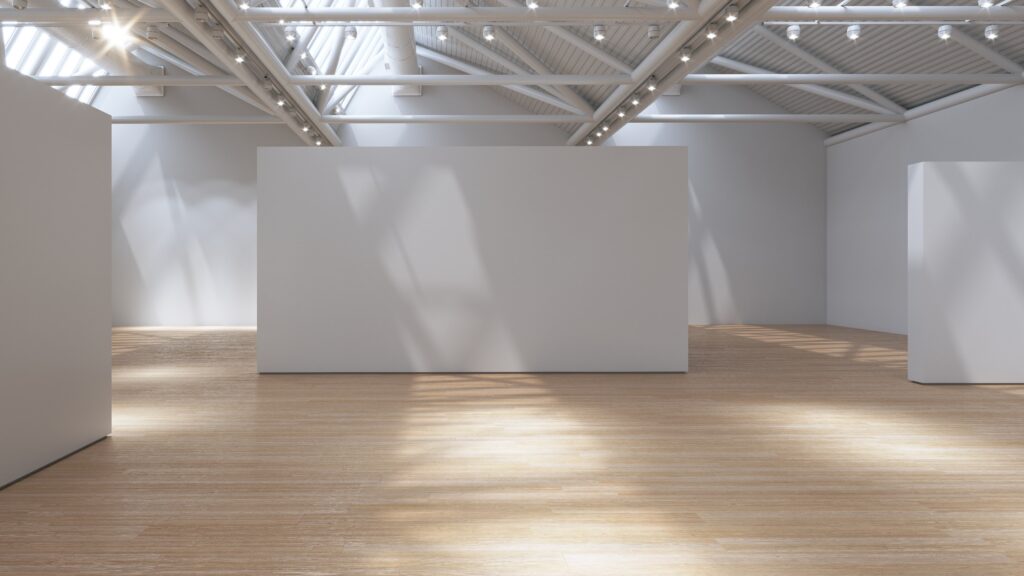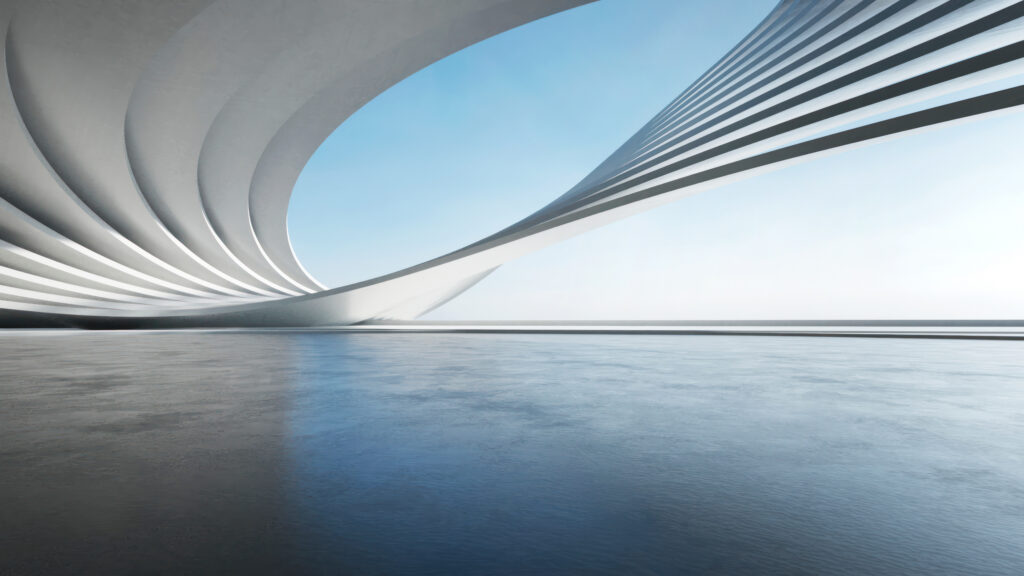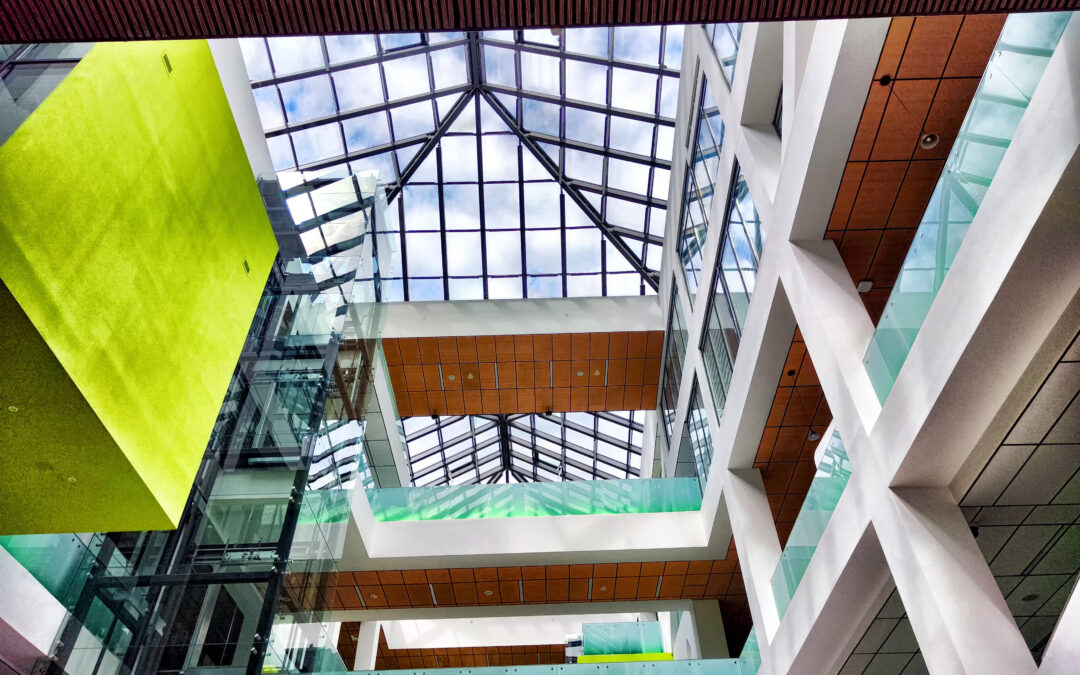After years of construction delays, funding challenges, and pandemic disruptions, 2025 is emerging as a banner year for museum openings and expansions. From New York to London to Tokyo, some of the world’s most ambitious cultural projects are finally opening their doors.
And they’re bringing bold architecture, expanded collections, and fresh thinking about what museums can be in the 21st century.
New York’s Triple Threat
The city is getting three major museum transformations this year, each taking a radically different approach to expanding cultural space.
The New Museum is doubling its exhibition space with a dramatic seven-story addition by Rem Koolhaas and OMA. The sleek, irregular rhomboid structure appears to balance on a single point, its façade wrapped in laminated glass and metal mesh. Inside, the 60,000-square-foot expansion includes spaces for digital-art programs, artist residencies, an 80-seat restaurant, and a new outdoor public square for performances and installations.
The museum, which has called the Bowery home since 2007 in its distinctive stacked-box building by SANAA, is transforming how contemporary art institutions can grow within constrained urban sites.
The Studio Museum in Harlem is unveiling its brand-new 82,000-square-foot building designed by David Adjaye. This is the first structure built specifically for the Studio Museum, which has promoted artists of African descent since its 1968 founding by artists, activists, and philanthropists.
The design echoes the neighborhood’s historic churches and theaters while providing state-of-the-art exhibition spaces and a rooftop terrace. The building sits on the museum’s original footprint on West 125th Street, which it has occupied since the 1980s.
The inaugural exhibition will honor sculptor Tom Lloyd, featured in the museum’s very first show 57 years ago, bringing the story full circle with his first solo museum show since then.
London’s Revolutionary Storage Solution
The V&A East Storehouse is opening May 31st in the former Olympic Park site with an unprecedented approach to museum storage that’s turning the traditional model inside out.
Designed by Diller Scofidio + Renfro, the building provides public access to 250,000 objects, 350,000 books, and 1,000 archives from the V&A’s collection—without the barrier of glass cases. Visitors can wander freely and examine anything they want to see.
This includes Frank Lloyd Wright interiors seeing daylight for the first time in decades, Samurai swords, Elton John’s costumes, and the newly acquired David Bowie archive with its 90,000 items of material from the late musician’s estate.
The concept is revolutionary: transparency and accessibility over traditional curatorial gatekeeping. Deputy director Tim Reeve explained the mission: “maximise transparency and remove barriers to the creative riches.”
Unlike other open storage facilities, there’s no glass protecting objects—just trust and the belief that people should be able to directly engage with cultural heritage.
The David Bowie Centre opens as a separate experience on September 13, 2025, offering an immersive dive into the archive.

Tadao Ando’s Tenth Naoshima Structure
Japan’s revered architect Tadao Ando is adding his tenth structure to Naoshima Island this spring—and if you know Ando’s work on the island, you know this is significant.
The Naoshima New Museum of Art showcases that elegant melding of manmade form and natural landscape he’s perfected over decades. The three-story building with two basement levels features a large sloped roof complementing the hilltop location, and a central staircase bathed in natural light from a skylight.
Four gallery spaces will focus on contemporary art from Japan and the wider Asian region. The opening exhibition features eleven artists and collectives, including Japanese artist Aida Makoto, Dutch-Filipino video artist Martha Atienza, Chinese pyrotechnic artist Cai Guo-Qiang, and Indonesian visual artist Heri Dono.
With Ando’s structures spread across Naoshima—elegant forms that melt away into tree-lined hills—the island has become a pilgrimage site for architecture and art lovers. His formula of merging architecture with landscape hasn’t grown old; if anything, this tenth addition proves its continued power.
The World’s First AI Art Museum
In Los Angeles, artist Refik Anadol is opening Dataland—the world’s first museum dedicated to artificial intelligence art—in a Frank Gehry-designed building at The Grand LA development.
“Los Angeles is the perfect city to launch Dataland,” Anadol said. “LA has long been a city that looks to the future in art, music, cinema, architecture, and more, and it feels natural to open Dataland here.”
The concept: fusing human imagination with machine intelligence to create a new paradigm for what museums can be. Anadol’s work transforms data into immersive visual experiences, and Dataland will serve as both exhibition space and research center for this emerging field.
“To have a permanent space for us to develop a new paradigm of what a museum can be, by fusing human imagination with machine intelligence and the most advanced technologies available, is a realization of one of my biggest dreams,” he added.

Princeton’s Halloween Opening
Princeton University’s Art Museum deserves special mention for its October 31st opening of a 146,000-square-foot building by Adjaye Associates—effectively doubling the museum’s space for art display and educational programming.
The design prioritizes flexibility and accessibility, with nine interlocking pavilions on a single level that challenge traditional museum hierarchies. Visitors can flow through spaces via two “artwalks” that function as the building’s circulatory spine, encountering art from different cultures and time periods in unexpected juxtapositions.
The building embodies the concept of “all fronts and no backs”—entrances on every side, welcoming visitors from all directions rather than imposing a single formal entry. The exterior alternates rough and polished stone surfaces, selected to harmonize with surrounding campus buildings while making a contemporary statement.
The museum is launching with a 24-hour open house beginning Halloween evening, featuring free public events designed to activate the new spaces. Inaugural exhibitions include a ceramics showcase honoring Toshiko Takaezu, who taught at Princeton for over thirty years, and later in 2026, a focused look at Willem de Kooning’s breakthrough years from 1945-50.
Why This Year Matters
These openings represent more than just pretty buildings—they signal evolving ideas about museums’ role in society.
The emphasis on accessibility (V&A’s open storage), community connection (Studio Museum’s neighborhood design), public gathering spaces (New Museum’s plaza), and technological innovation (Dataland’s AI focus) reflects institutions trying to stay relevant in an era of infinite digital content and competing attention.
Museums are no longer just temples to preserve the past; they’re becoming community hubs, educational resources, public parks, and spaces for contemporary dialogue.
The architecture itself makes statements: Koolhaas’s bold rhomboid suggests confidence in challenging contexts. Adjaye’s materiality honors cultural heritage while pushing forward. Ando’s landscape integration demonstrates environmental humility. Gehry’s dramatic forms signal cultural ambition.
These buildings aren’t just housing collections—they’re making arguments about culture, design, and how we experience art.

The Bigger Picture
After a decade of discussion about museums becoming obsolete in the digital age, these institutions are doubling down on physical experience.
They’re betting that even in our screen-saturated world, there’s irreplaceable value in standing before objects, moving through curated spaces, and encountering art with others in shared physical environments.
The museums opening in 2025 aren’t just preserving the past—they’re experimenting with the future. They’re asking: What happens when you remove barriers between people and objects? How do you design spaces that feel welcoming rather than intimidating? Can architecture itself be part of the art experience? How do you honor tradition while embracing innovation?
These aren’t just questions for museum professionals—they’re questions about how we value culture, how we learn, how we gather, and what we preserve for future generations.
For those of us who love wandering museums, 2025 offers a wealth of new spaces to explore. Pack your walking shoes and your curiosity. The world’s cultural institutions are ready for their closeup.

